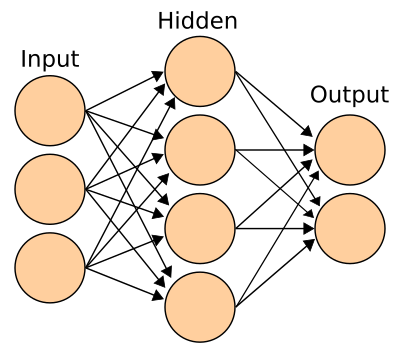Neural Networks - An Overview
Understanding Neural Networks
Neural networks are a fundamental component of artificial intelligence and machine learning. They are inspired by the structure and functioning of the human brain and have led to significant advancements in various fields.
How Neural Networks Work
At its core, a neural network consists of layers of interconnected nodes (neurons) that process and transform data. These nodes are organized into an input layer, hidden layers, and an output layer. Each connection between nodes has an associated weight that is adjusted during training.

Types of Neural Networks
There are several types of neural networks, including:
- Feedforward Neural Networks (FNN): Commonly used for tasks like image classification.
- Recurrent Neural Networks (RNN): Suitable for sequential data, such as natural language processing.
- Convolutional Neural Networks (CNN): Effective for image and video analysis.
- Generative Adversarial Networks (GAN): Used for generating new data, like deepfake images.

Applications of Neural Networks
Neural networks find applications in various domains:
- Natural Language Processing (NLP): They power language translation, sentiment analysis, and chatbots.
- Computer Vision: Used in facial recognition, object detection, and autonomous vehicles.
- Speech Recognition: Neural networks can transcribe spoken language into text and enable voice assistants.
- Recommendation Systems: They personalize content recommendations in platforms like Netflix and Amazon.
- Robotics: Neural networks play a role in autonomous robots, enabling them to navigate and make decisions.
- Art and Creativity: GANs have been used to create art, music, and generate creative content.

Challenges and Future Trends
While neural networks have achieved remarkable successes, they come with challenges like overfitting, the need for vast amounts of data, and model interpretability. Researchers continue to work on improving these aspects and developing more efficient architectures.
Future trends in neural networks include the exploration of spiking neural networks (SNNs) inspired by the human brain, advancements in reinforcement learning, and the integration of AI into edge devices for real-time processing.
Conclusion
Neural networks have revolutionized AI and machine learning, enabling computers to perform complex tasks that were once thought impossible. They are at the forefront of technological advancements and continue to drive innovation across various industries.
As you explore the world of neural networks, remember that this overview provides just a glimpse into this vast and exciting field.
You might like
Deep Learning: A Comprehensive GuideIntroduction to Deep LearningDeep learning is a subfield of mach.....